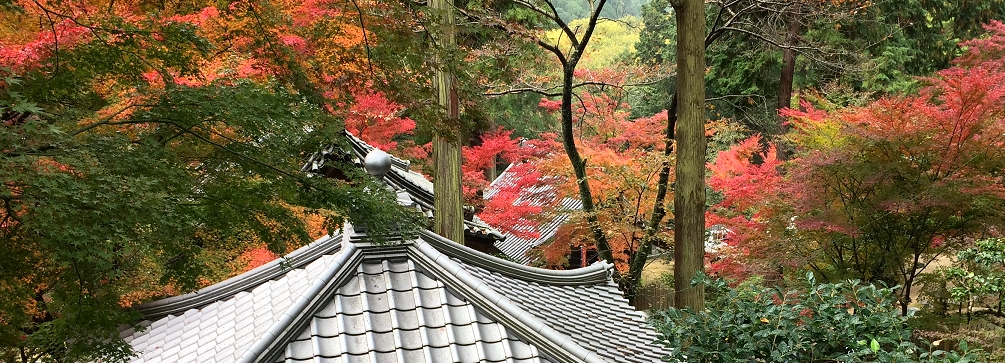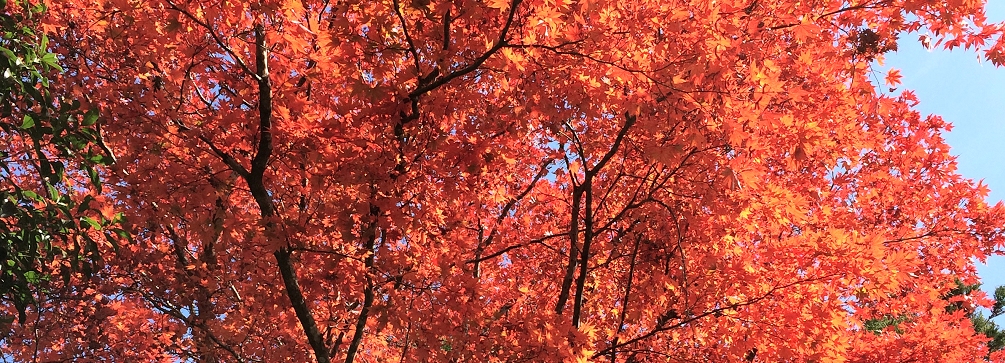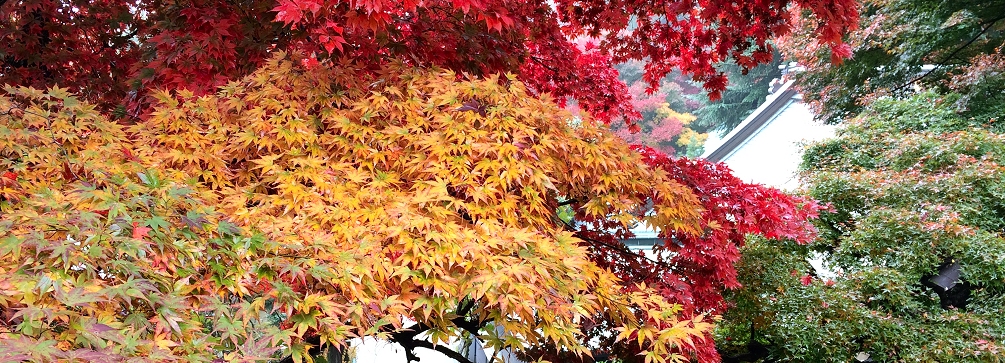Shikoku Temple Trek 2
The Continuing Journey on the Pilgrimage Trail

Autumn on the Shikoku 88 Temple Pilgrimage Slide Show
Autumn on the Shikoku 88 Temple Pilgrimage Slide Show for iPad and iPhone
Shikoku Temple Trek Trip Comparison and FAQs

Be sure to watch the Shikoku Pilgrimage episode of the six-part PBS documentary series, Sacred Journeys. The episode on the Shikoku Pilgrimage, which features the group from the 2013 Mountain Hiking Holidays Shikoku Pilgrimage Trek, aired on December 16, 2014 on most PBS stations in the U.S. The DVD of the Sacred Journeys series is available at the Shop PBS website. Or, you can watch the episode on iTunes; search the iTunes Store for “Sacred Journeys Shikoku.” Consider joining us on this trip to experience the pilgrimage for yourself!
Prefer a springtime trip to Japan? Consider the Shikoku Temple Trek 1 or the Shikoku Temple Trek 3 trip.
The “Shikoku Temple Trek 2” is the second of three trips we offer that are based on the twelve-hundred-kilometer-long Shikoku 88 Temple Pilgrimage (Shikoku hachijuhachikasho meguri). This trip is a natural complement to the original “Shikoku Temple Trek 1.”
Since the Shikoku Pilgrimage is a circular route, you can begin anywhere, and first time participants are welcome on any of our three Shikoku trips. You need not have been on the original Shikoku trip to enjoy this tour. The Shikoku Temple Trek 2 will provide opportunities for participants to hike to a new set of temples—up to 32 temples that are not featured on the original trip. Scheduled during the fall foliage season, this trip is a great “follow-up” trip to the original Shikoku Temple Trek. The Shikoku Temple Trek 2 itinerary includes hikes to lovely mountain temples including Kakurinji and Tairyuji in Tokushima prefecture and Sankakuji in Ehime prefecture. You’ll have the opportunity to explore the cluster of pilgrimage temples surrounding Zentsuji, the home temple of the beloved Kūkai (774-835 AD), the Buddhist monk, civil servant and scholar (known posthumously as Kōbō Daishi) who serves as the central figure of the Shikoku Pilgrimage. Toward the end of the trip, you’ll visit the far-flung temples at the scenic southwestern corner of Shikoku island. Here, the warm waters of the Kuroshio Current create a distinctively sub-tropical environment where rose-colored blossoms of camellia bolster the display of autumn leaves.
When is the fall foliage season in Japan?

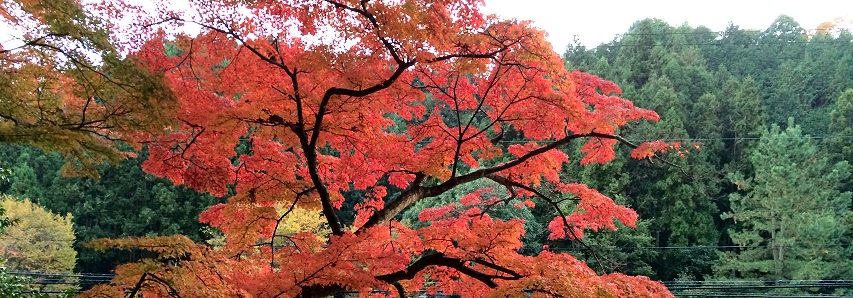
The splendor of autumn on the Shikoku Pilgrimage route.
Day 1
Overnight in Tokushima
Lunch and dinner included
This morning, travel by vehicle to Jizo-ji (Temple 5) on the northern outskirts of Tokushima. From here you’ll hike the pilgrimage path through a pleasing mix of rural and suburban landscapes. Orchards full of ripening persimmons lend a splash of color to the landscape, and gardens still blaze with late fall blossoms. The temple gates (sanmon) of Anraku-ji (Temple 6) and Juraku-ji (Temple 7) are interesting for their rounded bases. Horin-ji (Temple 9) boasts the only nehan-zō (statue of the reclining Buddha) enshrined in a temple on the Shikoku Pilgrimage route. Kumadani-ji (Temple 8, “Bear Valley Temple”) and Kirihataji (Temple 10) are notable for their lovely hillside settings. Both lie tucked in the folds of the wooded foothills that form the northern edge of the Yoshino River valley. You can end your walk at Kumadani-ji (Temple 8) for a total walking distance of just under seven miles. Or you can hike all the way from Temple 5 to Temple 10 for a distance of about eleven miles. Spend the evening in Tokushima.
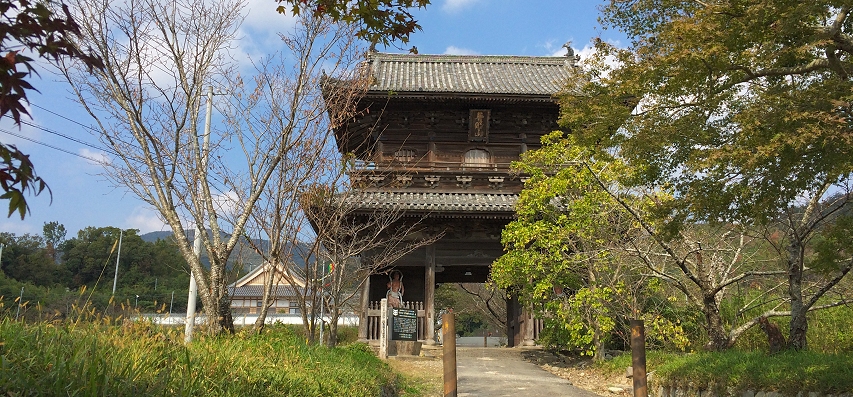
The temple gate (sanmon) to Kumadani-ji (Temple 8), one of the largest on Shikoku.
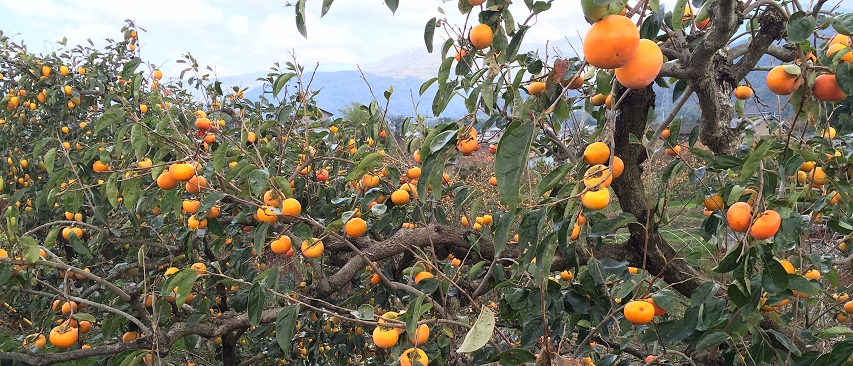
Persimmon orchard along the pilgrimage route.
Day 2
Overnight in Takamatsu
Breakfast, lunch and dinner included
A transfer by vehicle will bring you to riverside Katsuura town in the mountainous region south of Tokushima. From here, you’ll follow a mountain path up to Kakurinji (Temple 20). This path is part of the Awa Pilgrim Trail which has been maintained for centuries; the trail has been designated as a “Place of Scenic Beauty.” Kakurinji is a mountain temple and is considered one of the pilgrimage’s nansho (“difficult place”) temples. After visiting the temple precincts, continue along the Awa Pilgrim Trail bound for Tairyuji (Temple 21), another mountain temple also designated as nansho. The trail descends to the Naka River before following the course of the Wakasu stream up to Tairyuji (“Great Dragon Temple”). Time permitting you can make a short side trip from Tairyuji toward the peak of Tairyujisan and the temple’s “inner sanctuary” at Shashingatake. The entire hike from Katsuura town to Kakurinji and on to Tairyuji is about 7 miles. A shorter option hike (Kakurinji to Tairyuji) is also available. Glide down from Tairyuji via cable car (known as a “ropeway” in Japan). From the ropeway’s base station, you’ll travel by vehicle to the city of Takamatsu in Kagawa prefecture where you’ll spend the next two evenings.
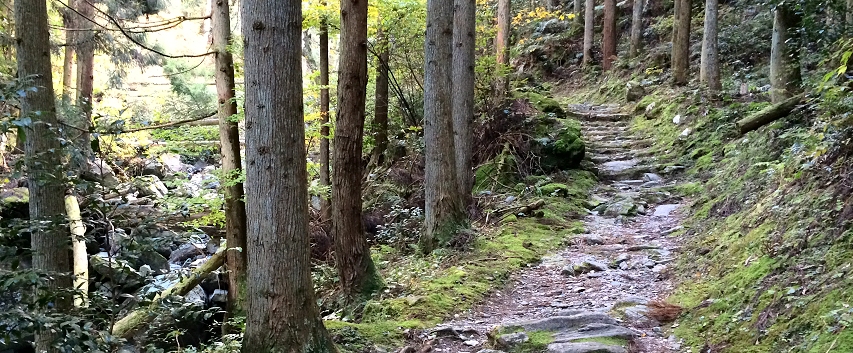
The pilgrimage path ascending through the woods to a nansho temple.
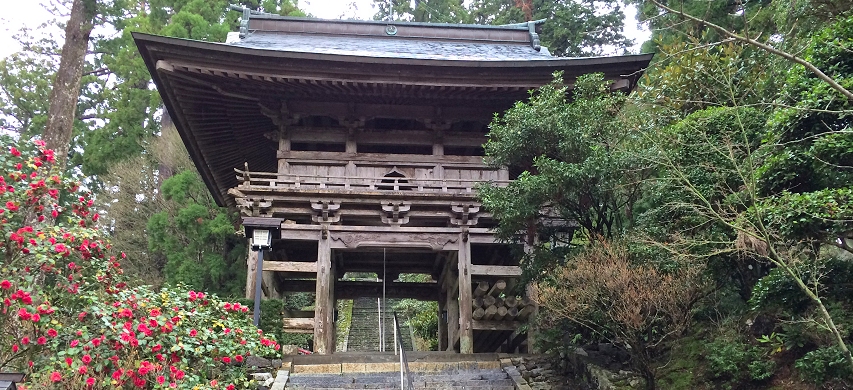
Gate at Tairyuji (Temple 21).

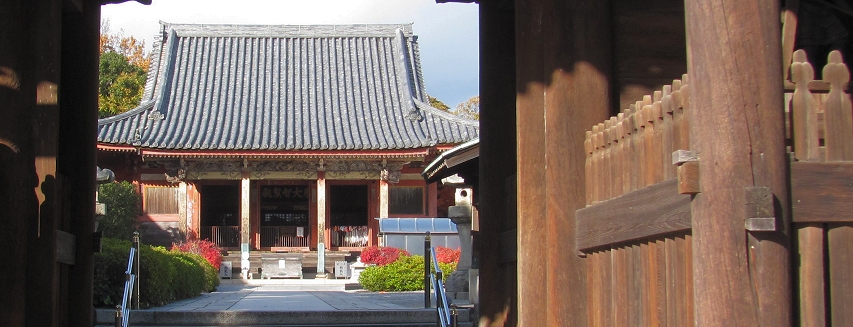
The main hall at Yashimaji (Temple 84).
Day 3
Overnight in Takamatsu
Breakfast and lunch included
Travel by east from Takamatsu to Katamoto station where you’ll begin the hike to Yashimaji (Temple 84). This temple is built atop the distinctive flat-topped mountain known as Yashima (“roof island”), a lava plateau jutting into the Seto Inland Sea and a part of the Seto Naikai National Park. Yashima is well known among the Japanese as the site of a famous twelfth-century battle between the rival Genji and Heike clans. From Katamoto station follow the pilgrimage route to the base of Yashima where a well-built path ascends the flanks of the mountain to reach the gate of Yashimaji. This temple dates from the eighth century and is said to have been founded by a Chinese monk. It’s red-painted main hall (hondo) is striking. From Yashimaji, the pilgrimage path descends the eastern flanks of Yashima and passes through the stone-cutting town of Mure (where the Japanese-American sculptor Isamu Noguchi maintained a studio). The route then begins a shady ascent to Yakuriji (Temple 85) nestled at the base of the granite knobs of Mount Goken. From Yakuriji, the pilgrimage path descends to the east below Mount Genjigamine heading toward the waters of Shido Bay. Time and energy permitting, it’s possible to hike all the way to the seaside temple of Shidoji (Temple 86). The complete hike from Katamoto station to Shidoji is just under eleven miles, but a shorter option is also available. Return to Takamatsu for the evening.
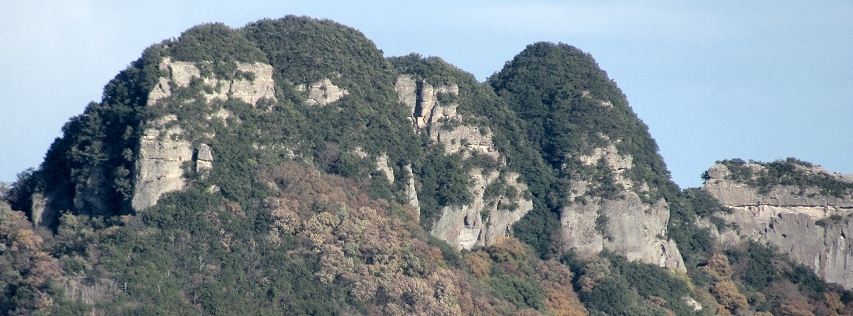
The granite peaks of Mount Goken (“Five Sword Mountain”) serve as the backdrop for Yakuriji (Temple 85).
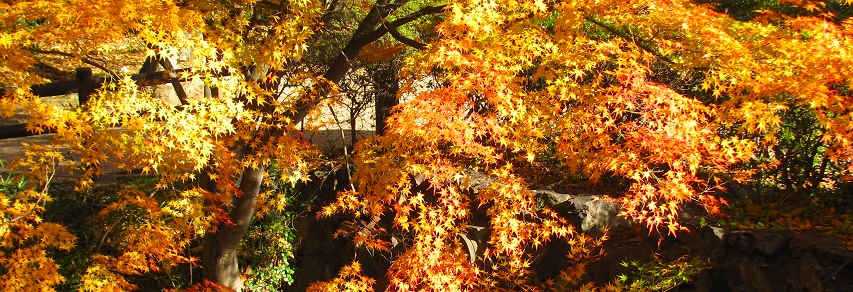
Autumn splendor at Yashima-ji (Temple 84).

Day 4
Overnight in Marugame
Breakfast, lunch and dinner included
Today’s hikes will take you into the Goshikidai highlands to the west of Takamatsu. Travel by vehicle to Negoro-ji (Temple 82) from where the hike along the pilgrimage path carries you westward through lovely woods to Shiromine-ji (Temple 81). From Shiromine-ji, the route backtracks a bit before descending a wooded hillside to the lowland temple of Kokubun-ji (Temple 80). The complete hike covers a distance of about eight miles, but a shorter hiking option will also be available. After the hikes a short transfer by vehicle brings you to the town of Marugame where you can settle in for the next two evenings.
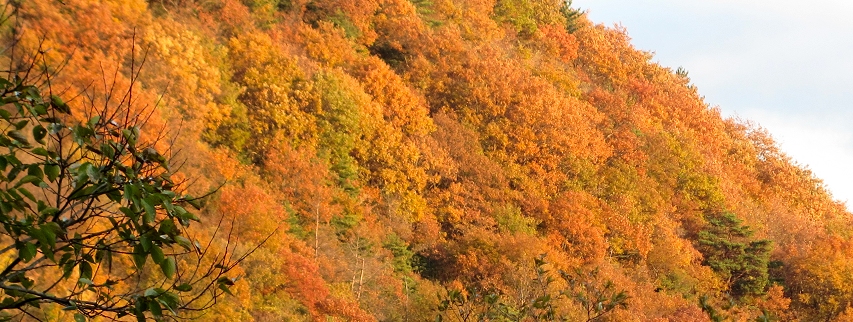
Autumn colors on the hillsides near Kokubun-ji (Temple 80).
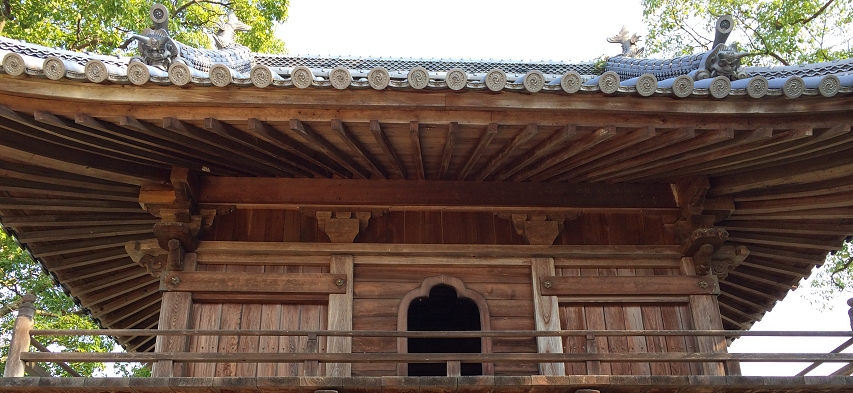
Wooden temple gate. Each one is different!
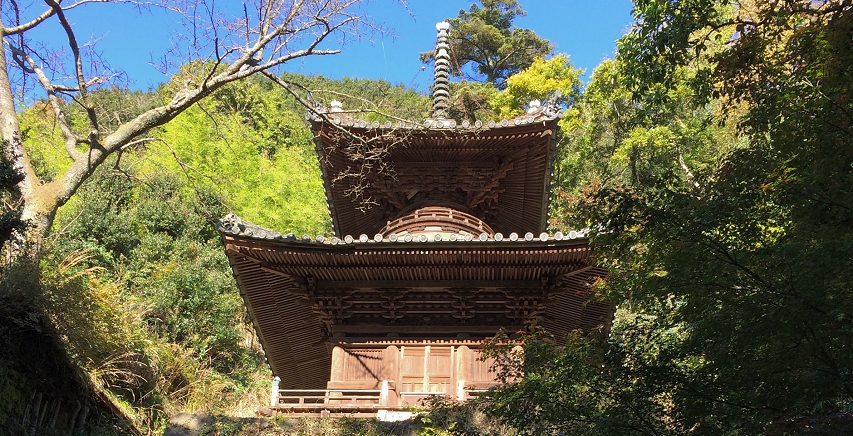
Pagoda at Iyadaniji.
Day 5
Overnight in Marugame
Breakfast, lunch and dinner included
Today you’ll explore the pilgrimage temples that cluster around Zentsuji, the home temple of Kukai (later Kobo Daishi). Kukai was born into the aristocratic Saeki clan in 774. As a young man he received training in the Chinese classics and the practice of Buddhism. In the early ninth century, he went to China and studied under the Buddhist master Hui-kuo in Chang’an (present-day Xi’an). He returned to Japan and being politically astute was instrumental in raising that status of Shingon Buddhism to the level of a state-supported institution under the Emperor Junna. Begin your day with a vehicle shuttle to Iyadaniji (Temple 71) a hill-top temple that was frequented by Kukai when he was a young boy. Prior to the establishment of the 88 Temple circuit, the journey between the seven temples starting with Iyadaniji and ending with Doryuji (Temple 77) constituted a short pilgrimage in its own right. From Iyadaniji, you’ll begin the five mile walk to Zentsuji (Temple 75) passing three temples en route. The first is Mandaraji (Temple 72), the ancestral temple of the Saeki clan. Next is Shusshakaji (Temple 73) where legend says that the seven-year-old Kukai was safely lowered to the ground by a band of angels after throwing himself from the cliffs of Mount Gahaishi above the temple. Koyamaji (Temple 74) means “Armor Mountain Temple” and is so named because the hill behind it is said to resemble a helmet. Upon arriving at Zentsuji (“Right Path Temple”) be sure to visit both the eastern (“garan”) and western (“tanjoin”) temple precincts. Zentsuji is the largest temple on the pilgrimage route and the largest on the island of Shikoku. You can end your hike at Zentsuji, or you can opt to extend the hike to Konzoji (Temple 76) and Doryuji (Temple 77) for a total hike of ten miles. Return to Marugame for the evening.
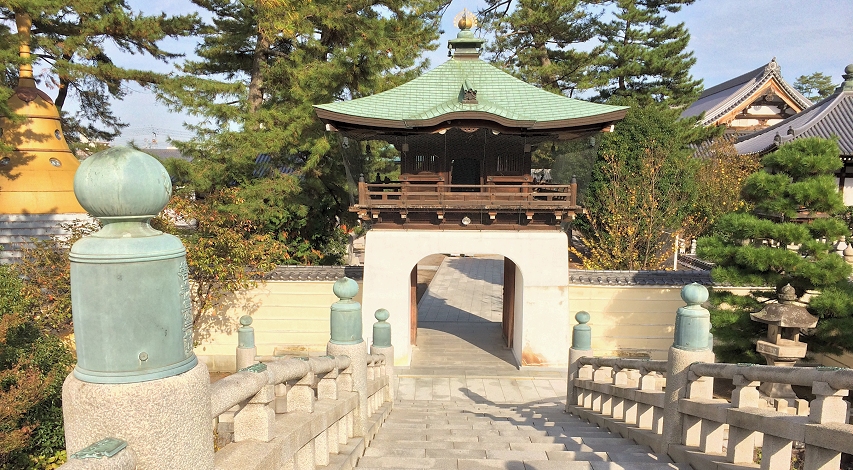
Zentsuji, western gate to the temple precinct.

Day 6
Overnight in the Iya Valley
Breakfast, lunch and dinner included
Enjoy a short morning walk (less than a mile) from the hotel to Gōshōji (Temple 78) at the foot of Aonoyama (“Blue Mountain”). From there, travel by vehicle south toward the mountains and the trailhead for the hike up to Sankakuji (Temple 65). After visiting the temple, hike the beautiful trail over Mount Hiraishi past a lovely waterfall to Senryuji, the thirteenth of twenty numbered “bangai” temples associated with the Shikoku Pilgrimage but not part of the official eighty-eight. After the hike, travel by vehicle to the Iya Valley in central Shikoku where you’ll enjoy an evening in a traditional ryokan with one of the best outdoor baths (rotenburo) on Shikoku!
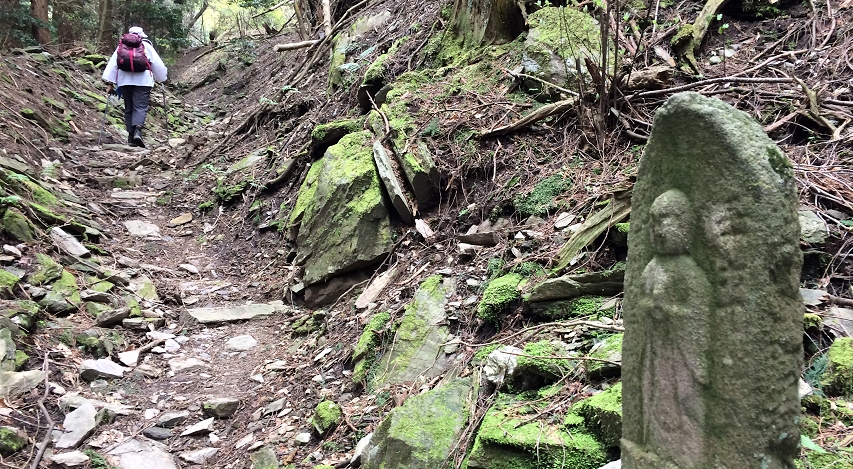
Pilgrim on the trail over Mount Hiraishi between Sankakuji and Senryuji.

Day 7
Overnight in the Kochi area
Breakfast, lunch and dinner included
This morning, depart the Iya Valley and travel southward to the northern outskirts of Kochi city in Shikoku’s Kochi prefecture. Enjoy a hike from Kokubunji (Temple 29), set in a wooded “island” amidst agricultural fields, to Zenrakuji (Temple 30) nestled at the foot of the mountains. Most of the hike is along small tracks and lanes through a peaceful landscape of farm fields and rice plantations. Later, travel by vehicle from Zenrakuji to the slopes of wooded Mount Yokose where you’ll hike a beautiful portion of the pilgrimage path that makes its way over the Tsukaji Pass into the Hagi valley and from there to the shores of the Pacific Ocean. Continue your hike following the shoreline to Shoryuji (Temple 36) set in a wooded hollow near the sea. Overnight in a nearby hotel that commands lovely views over the ocean.
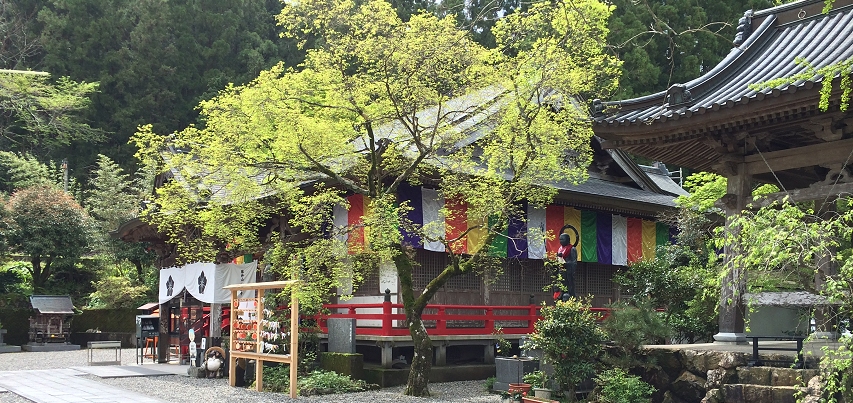
Main hall and bell tower at Iwamotoji.
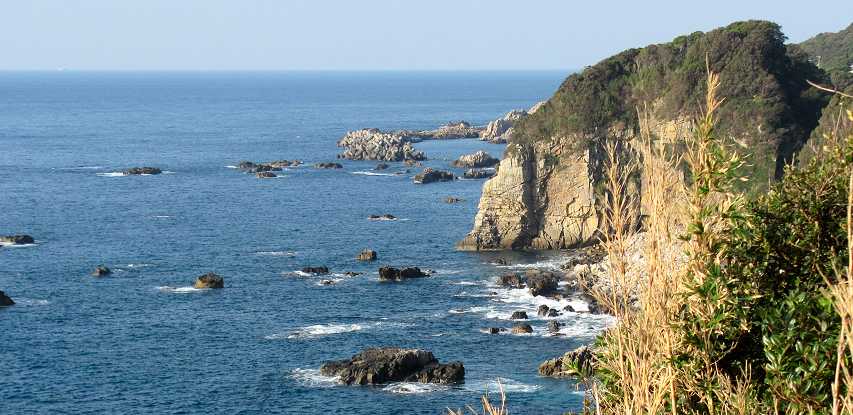
The rugged Shikoku coastline at Cape Ashizuri.
Day 8
Overnight at Cape Ashizuri
Breakfast, lunch and dinner included
Today, travel by vehicle to rugged Cape Ashizuri, the southernmost point on Shikoku island. En route, stop for a leg-stretcher at Iwamotoji (Temple 37) in Kubokawa town. Upon arrival at Cape Ashizuri, you’ll have a chance to hike a portion of the pilgrimage path along the southern face of the cape to picturesque Kongofukuji (Temple 38). Cape Ashizuri is one of the most scenic areas along the Shikoku coast with sub-tropical flora and cliffs up to two-hundred-twenty feet high plunging into the waters of the Pacific. Spend the evening at a hotel perched atop the cliffs and enjoy the sunset views!
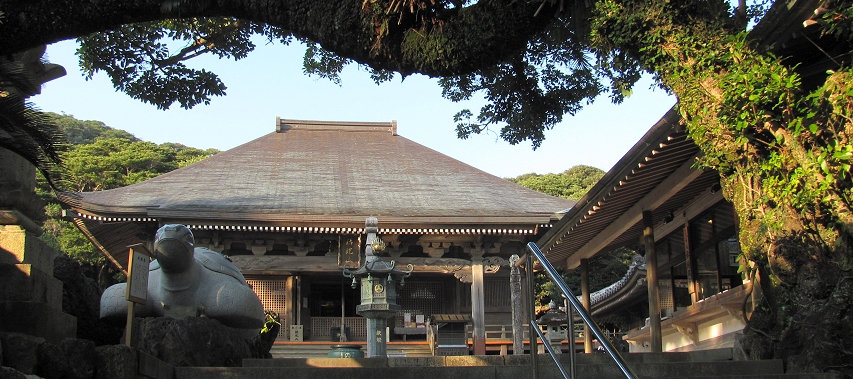
Kongofukuji (Temple 38) at Cape Ashizuri, southwestern Shikoku.

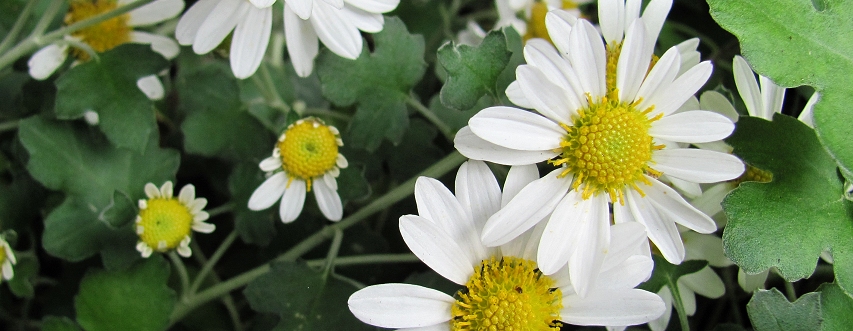
The Ashizuri chrysanthemum, native to coastal zones in southwest Shikoku, blooming in late fall.
Day 9
Overnight in Uwajima
Breakfast, lunch and dinner included
After breakfast, travel by vehicle north to the seaside city of Uwajima on Shikoku’s west coast. En route, stop to visit Kanjizaiji (Temple 40) in Ainan town before continuing by vehicle to Ryukoji (Temple 41) where the day’s hike begins. From Ryukoji, the trail proceeds over a low, forested ridge before dropping to the flat lands along the Mima River. The hiking route, often lined with blooming cosmos, continues to Butsumokuji (Temple 42). From Butsumokuji, the pilgrimage route climbs over the Hanaga Pass, then descends to the Hiji River for the final stretch to Meisekiji (Temple 43). The complete hike from Ryukoji to Meisekiji is about eight and a half miles in length, but shorter options will also be available. Spend the evening in Uwajima, a port city known for its four-hundred-year-old hilltop castle. Enjoy a farewell dinner to cap off your adventure on the pilgrimage route.
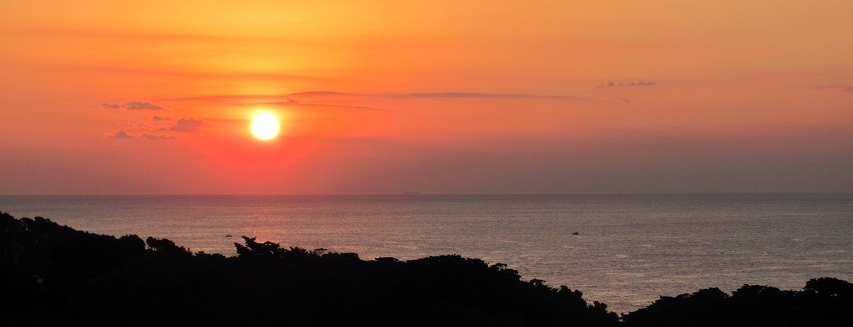
Autumn sunset, Shikoku.
Departure day
Transfer to Matsuyama
Breakfast included
This morning after breakfast, one complimentary shuttle transfer will be available to take you to Matsuyama Airport for your onward connections. Planned departure time from Uwajima is 8:30 AM with arrival at Matsuyama Airport at 10:00 AM. We suggest that you plan your flight out of Matsuyama for no earlier than 11:45 AM.
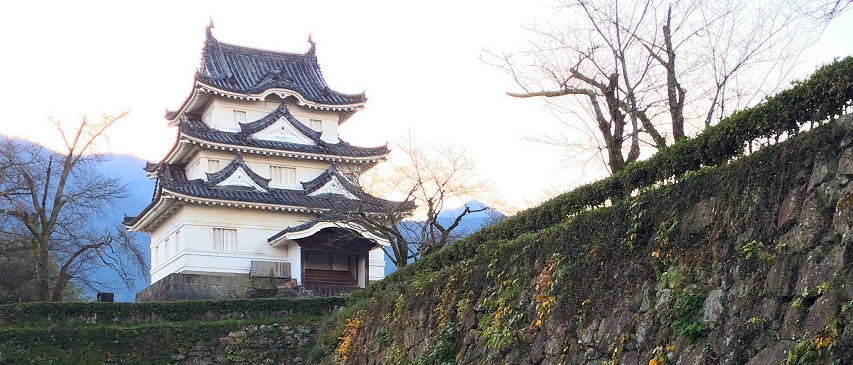
Uwajima Castle.

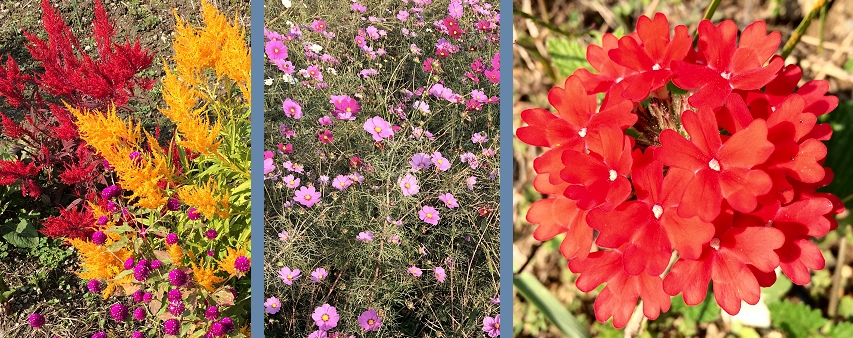
Fall flowers along the Shikoku pilgrimage path.
Other Resources
Read the National Geographic Traveler Magazine’s article, “Japan’s Past Perfect,” in the January/February issue of the magazine. Author Don George describes the “off the beaten track” flavor of this Japanese island, a place full of images straight out of a Japanese storybook! Discover it for yourself! Read a short biography about Kobo Daishi from Dave Turkington’s excellent website.

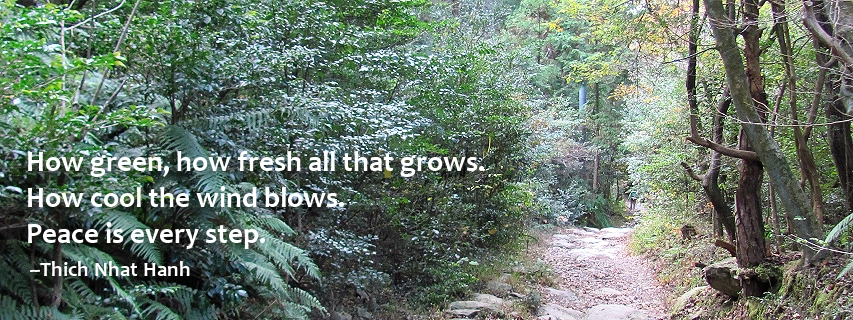
The pilgrimage path to Shiromineji (Temple 81).

Autumn on the Shikoku 88 Temple Pilgrimage Slide Show
Autumn on the Shikoku 88 Temple Pilgrimage Slide Show for iPad and iPhone
See a map of the areas covered by each of the three Shikoku tours


Photos on this page are by John Osaki (© All Rights Reserved) except as otherwise credited.


